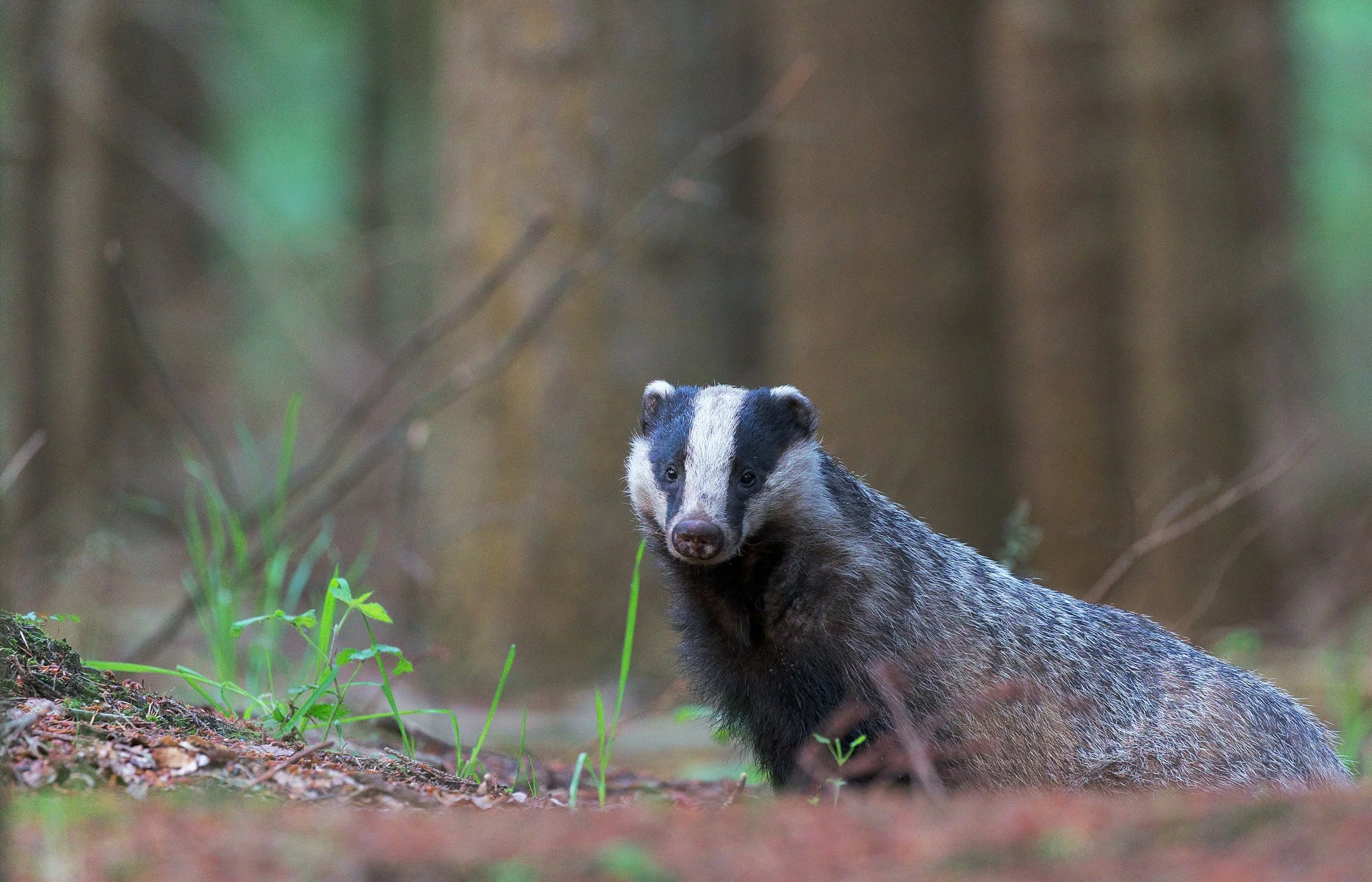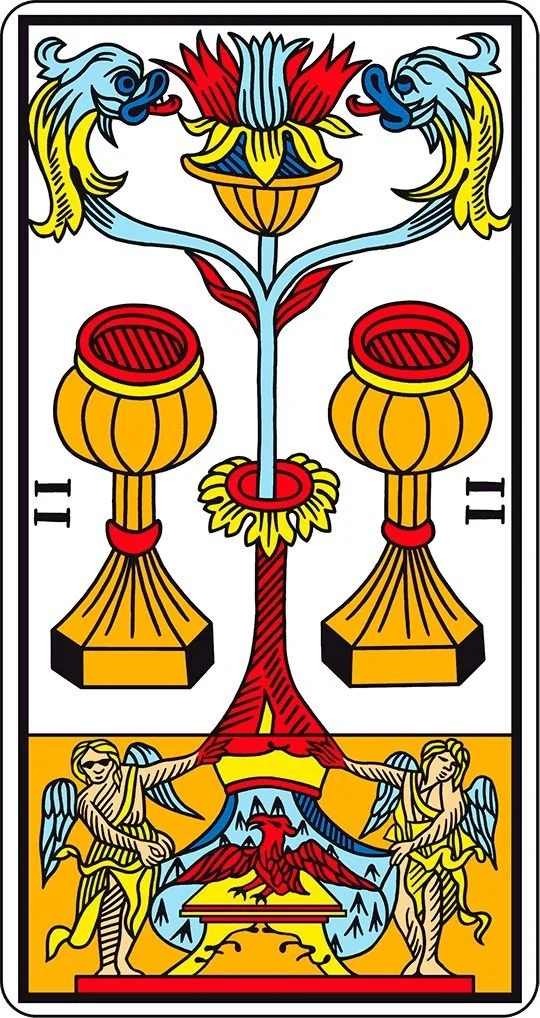Two of Cups: Kinship
When we see the badgers, we are walking in Moonlight. A large group of us trainee ecotherapy practitioners have been camping for days in the beautiful New Forest (down in the south of England). As we set off for our night walk, many of us instinctively turn on the torches on our phones in order to see the path along the fields. We are so unaccustomed to walking at night (at least without the aid of technology) that Paul, one of our wise facilitators, has to invite us to switch off our phones, to let our eyes become accustomed to the Moonlight.
It’s funny how quickly the eye acclimatises to Moonlight. Humans have been using the light of the Moon for hundreds of thousands of years. Why have we stopped? Our group’s world becomes quickly ethereal, human bodies silhouetted by a silvery-blue cloak. The beautiful rock in the sky reflects the light of our life-giving Star for us.
As we move silently along the edge of the forest, suddenly the group stops. Sam, at the head of the group, gestures for us to shush, to gather. We huddle at the edge of the trees and watch two young badgers, unbelievably close to us, foraging for food just ten foot away. Every human face – all 13 of us – smiles to our fellow humans in disbelief, as if we have all stumbled upon a winning lottery ticket. And haven’t we hit some kind of jackpot? To watch these miracles of nature foraging together as friends (siblings?), their low, shaggy bodies shuffling against the earth, their dramatic white facial stripes highlighted by the soft light of the Moon? They know that we are there, it’s impossible for them not to – 13 clumsy humans with their hands over their mouths – and they just don’t care. We are on their turf and they take ownership: they have more important things to do than deal with our awe.
They are foraging together, focused on this essential need that all living creatures have to feed off the earth, to feed variety to our bodies, other plants or animals in order to survive. All creatures need _ the other _just to survive.
It is not the foraging, however, that will stay with me the most from this encounter. It is the friendship of the two young animals, too small to yet become fully grown badgers. Their sweet companionship will become imprinted on my mind – how their snouts push through soil right next to the other, their attachment to each other/s company unquestioned. One of them is a little more enthusiastic about foraging than the other is, just like the strange fish-dragons that appear the Tarot of Marseille’s Two of Cups. One feeds enthusiastically, the other has its eye on something else, who knows what?
Two of Cups from the Tarot de Marseille (Jodorowsky/Camoin version)
This is one of the most obscure and decorative cards in all of the Minor Arcana cards in the Marseille. This mysterious design mesmerises. Two giant cups stand proudly aside a strange plant which gives birth to a flower. Out of the same flower stem grows two unidentifiable creatures on either side of it – fish? dragons? – that turn to face the central flower, often with their tongues out, licking the nectar. The fish-dragons are almost identical to each other, born of the same source. They appreciate each other’s company, share the same meal, feeding a product of their own world. One creature usually has an eye looking away from the flower, whilst the other focuses on it, representing the individuality of all creatures, even when similar on the surface. These creatures also show us the power of our minds to either focus on our tasks, to remain present, or to be distracted from life, living in our own worlds whilst carrying out our daily activities. (We are not, however, the only creatures to become lost in a whirl of daydreams. Watch the typical cat when it is relaxing. Cats drift away for miles – to who knows where – eyes glazed over, lit up by a wilderness of inner activity.)
Whichever kind of deep connection that we humans make with each other – as siblings, as lovers, as offspring to parents or parents of our own children – it is an expression of Nature which can be found acted out, in some way or other, in pretty much all of Nature’s animals. The Two of Cups shows us this universal kinship and reminds us that we humans are neither the creators nor owners of friendship.
That’s all for now, friends. Thank you for being here – and please check out my Therapeutic Tarot Sessions and my courses embracing Tarot and Nature if you’d like us to work together. You can also sign up for the Tarot Blog newsletter (different to my main newsletter) below to receive occasional email updates (roughly monthly) with the latest posts.
Smiles from Scotland,
Stephen



